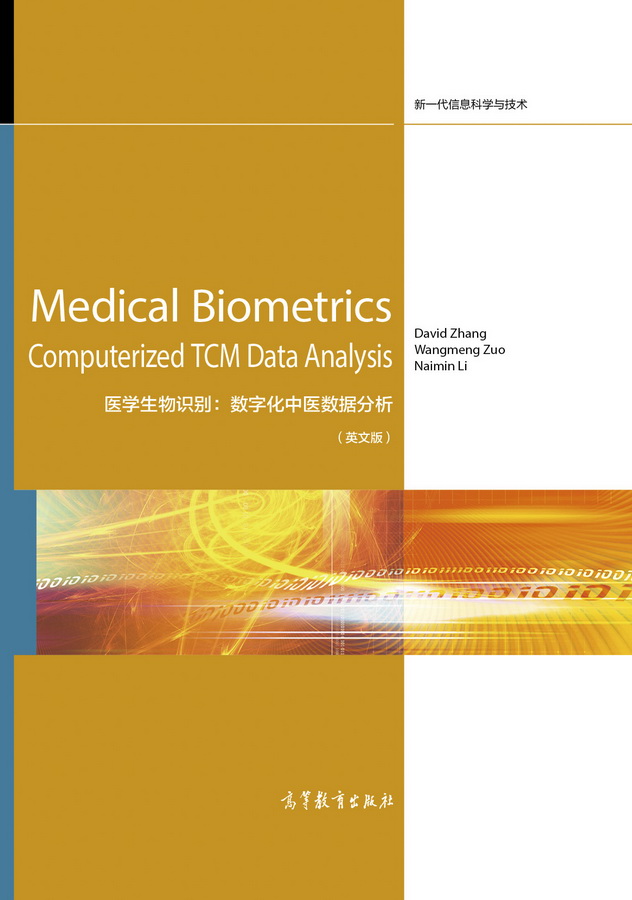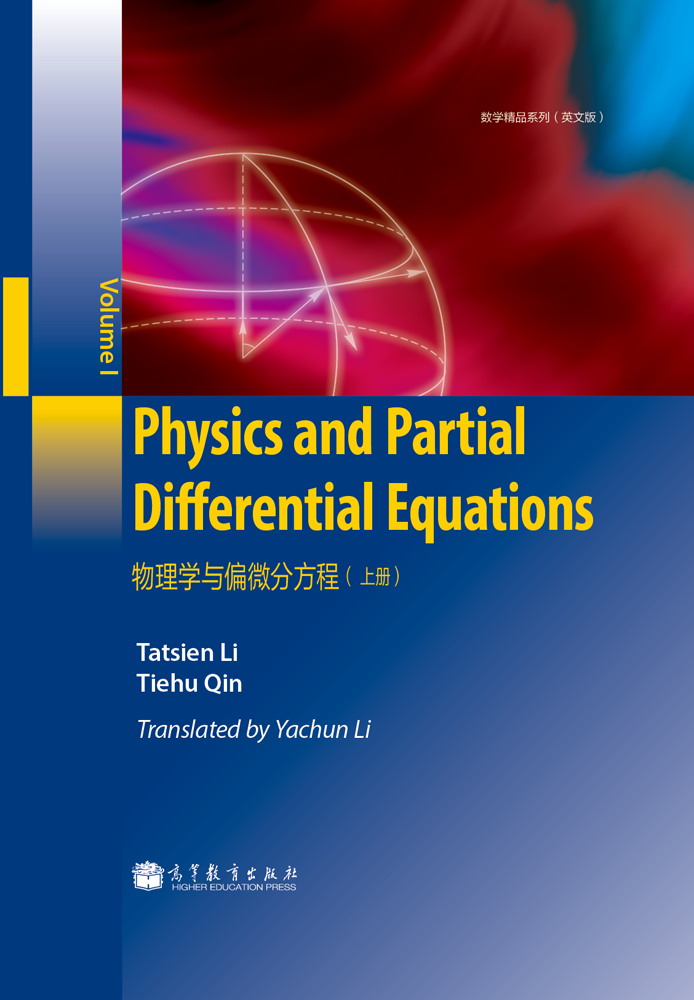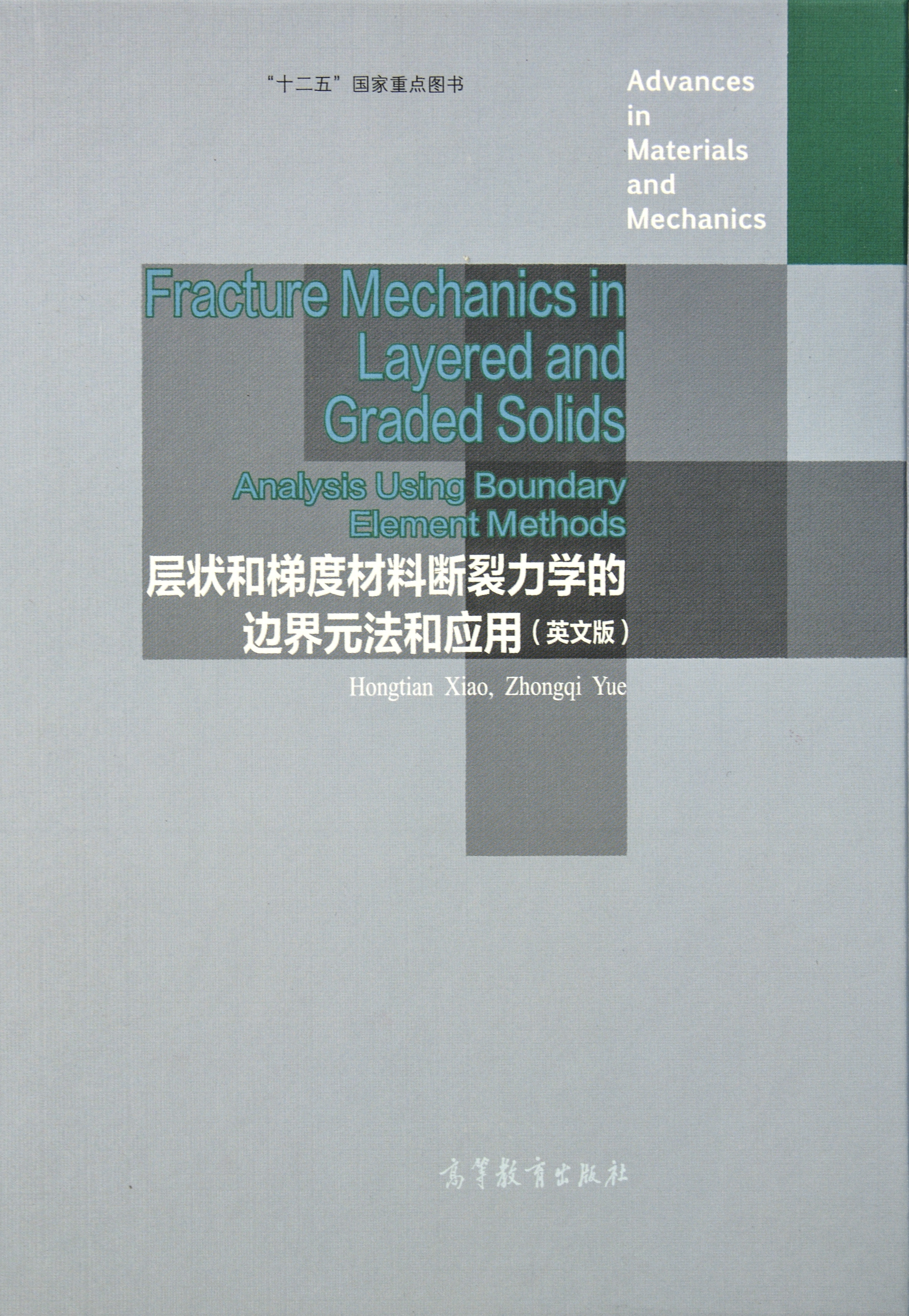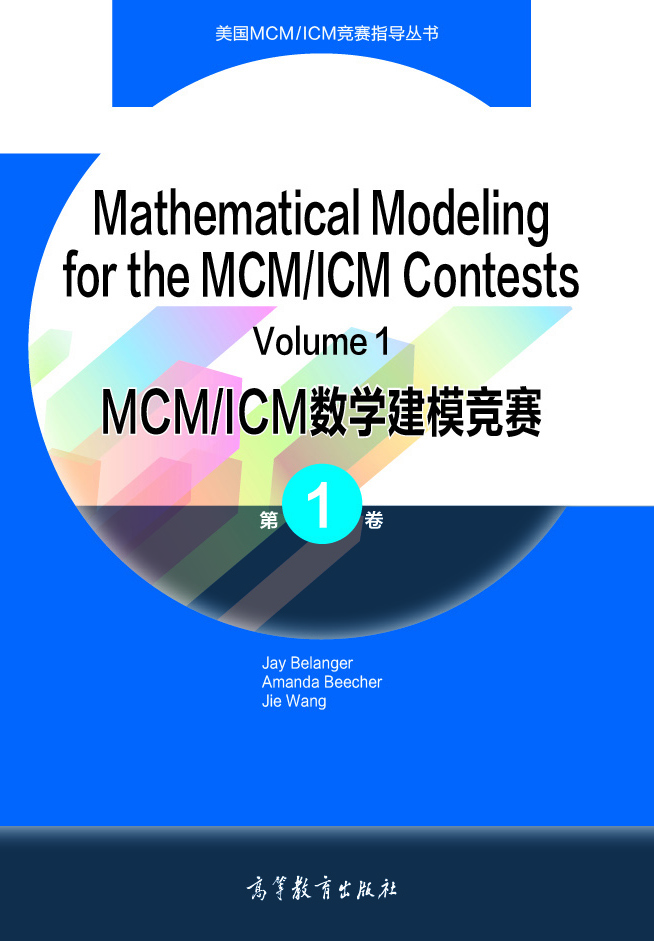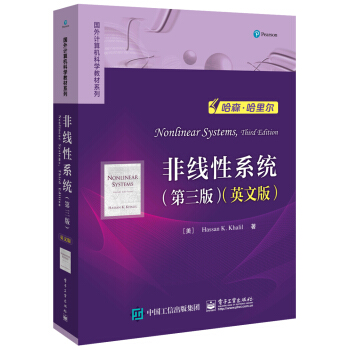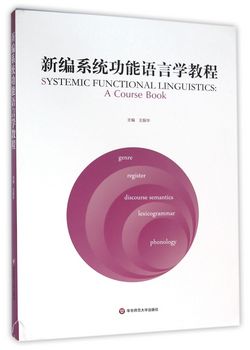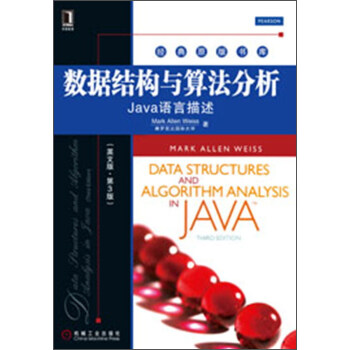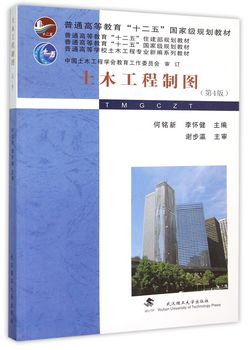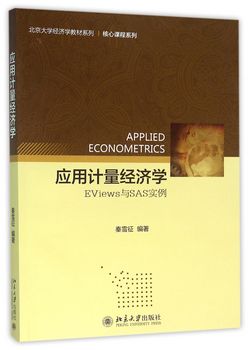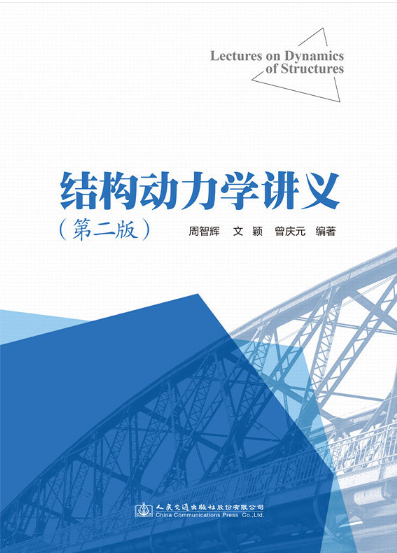结构方程模型:Mplus与应用(英文版)
作者: 王济川,王小倩
出版时间:2012-08
出版社:高等教育出版社
- 高等教育出版社
- 9787040348286
- 1版
- 300148
- 48265892-9
- 平装
- 异16开
- 2012-08
- 750
- 468
- 理学
- 数学类
- 数学
- 研究生及以上
本书是与Wiley合作出版。其国内版列入《应用统计学丛书》。
本书以通俗易懂的方式系统地阐述结构方程模型的基本概念和统计原理,侧重各种结构方程模型的实际运用。本书采用国际著名SEM软件Mplus,使用真实数据来演示各种常见的以及某些新近发展起来的较高级的结构方程模型,提供相应的Mplus程序,并详细解读程序输出结果。参照本书提供的例题和相应的计算机程序,读者便能自己实践各种SEM模型。
本书可作为大学社会科学及公共卫生学院研究生以及 统计和生物统计专业本科生教材,也可作为相关学科的研究人员从事统计分析的工具书。
front matter
1 Introduction
1.1 Model formulation
1.1.1 Measurement model
1.1.2 Structural model
1.1.3 Model formulation in equations
1.2 Model identification
1.3 Model estimation
1.4 Model evaluation
1.5 Model modification
1.6 Computer programs for SEM
Appendix 1.A Expressing variances and covariances among observed variables as functions of model parameters
Appendix 1.B Maximum likelihood function for SEM
2 Confirmatory factor analysis
2.1 Basics of CFA model
2.2 CFA model with continuous indicators
2.3 CFA model with non-normal and censored continuous indicators
2.3.1 Testing non-normality
2.3.2 CFA model with non-normal indicators
2.3.3 CFA model with censored data
2.4 CFA model with categorical indicators
2.4.1 CFA model with binary indicators
2.4.2 CFA model with ordered categorical indicators
2.5 Higher order CFA model
Appendix 2.A BSI-18 instrument
Appendix 2.B Item reliability
Appendix 2.C Cronbach’s alpha coefficient
Appendix 2.D Calculating probabilities using PROBIT regression coefficients
3 Structural equations with latent variables
3.1 MIMIC model
3.2 Structural equation model
3.3 Correcting for measurement errors in single indicator variables
3.4 Testing interactions involving latent variables
Appendix 3.A Influence of measurement errors
4 Latent growth models for longitudinal data analysis
4.1 Linear LGM
4.2 Nonlinear LGM
4.3 Multi-process LGM
4.4 Two-part LGM
4.5 LGM with categorical outcomes
5 Multi-group modeling
5.1 Multi-group CFA model
5.1.1 Multi-group first-order CFA
5.1.2 Multi-group second-order CFA
5.2 Multi-group SEM model
5.3 Multi-group LGM
6 Mixture modeling
6.1 LCA model
6.1.1 Example of LCA
6.1.2 Example of LCA model with covariates
6.2 LTA model
6.2.1 Example of LTA
6.3 Growth mixture model
6.3.1 Example of GMM
6.4 Factor mixture model
Appendix 6.A Including covariate in the LTA model
7 Sample size for structural equation modeling
7.1 The rules of thumb for sample size needed for SEM
7.2 Satorra and Saris’s method for sample size estimation
7.2.1 Application of Satorra and Saris’s method to CFA model
7.2.2 Application of Satorra and Saris’s method to LGM
7.3 Monte Carlo simulation for sample size estimation
7.3.1 Application of Monte Carlo simulation to CFA model
7.3.2 Application of Monte Carlo simulation to LGM
7.3.3 Application of Monte Carlo simulation to LGM with covariate
7.3.4 Application of Monte Carlo simulation to LGM with missing values
7.4 Estimate sample size for SEM based on model fit indices
7.4.1 Application of MacCallum, Browne and Sugawara’s method
7.4.2 Application of Kim’s method
References
Index
版权


